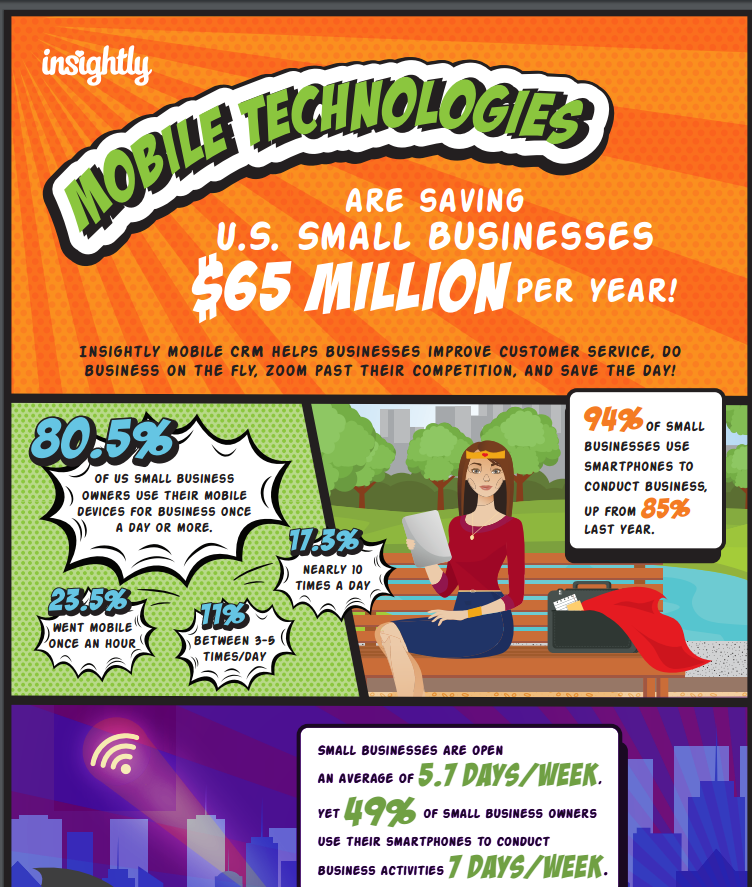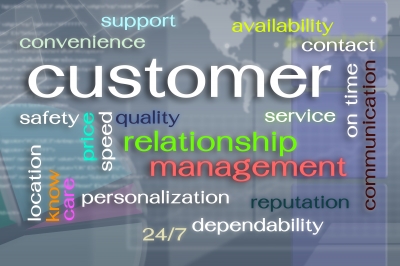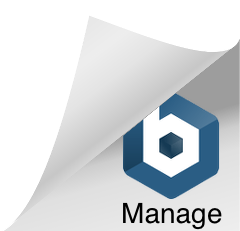
According to PMI’s Pulse of the Profession survey, 46 percent of organizations admit to not fully understanding the value of project management, even though they recognize project management boosts the success rate of strategic initiatives by 16 percent. Even more discouraging is that only 64 percent of projects meet their goals. Organizations want to quickly complete projects using fewer resources and with better results. But in order to do this, organizations need to have the most efficient processes in place, and more often than not project management processes fall short.
It’s impossible to predict exactly how a project will run or the obstacles that you may run into, but there’s plenty of planning that can be done to make sure that your team is equipped to roll with the punches and come out on top. These are our top recommendations for ensuring your projects run as smoothly as possible.
- Pre-plan
How well you plan will dictate the success of the entire project. Failure to identify tasks and establish a strategy for completing each step will undoubtedly affect the final product, be it a new software feature, a marketing campaign, or a client project. Before doing anything, take a step back and think about each thing that needs to be done in order to make for a quality end product. Then, break that down even further to identify each task that needs to be completed to support it. This will make for a more realistic view of what needs to get done and what the timetable will be for completing each task/component/phase.
- Identify risks
Even though you’ve done quite a bit of planning for deadlines, staying on a concrete schedule is unlikely. You need to be flexible and expect changes to happen. In your planning process, think of all the possible things that could go wrong and take those into consideration. Building in time buffers will help to soften the blow of changing circumstances.
- Define project expectations and milestones
Identifying key milestones is another way to help you and your team stick to a schedule. This will help the team stay motivated and avoid unexpected hold ups. Being clear about expectations and deliverables up front will ensure that everyone is on the same page as far as what needs to get done and when.
- Stay informed
Keep the lines of communication open. This is one of the most important elements of good project management. Regularly meeting with your team to discuss progress will help you identify potential issues down the road. Use a project management tool to stay on the pulse of what your team is up to at any point during a project. This way you and your team can instantly see what tasks have been completed, what’s up next and overall project progress.
Every project is different and every project manager works in different ways. These best practices will help you set the tone with your team, but understand that you may need to tweak the process to find that works best for your team. The bottom line and ultimate goal is to get things done the right way the first time around, regardless of how you get there.
At Insightly, we offer a CRM used by small and mid-sized businesses from a huge variety of verticals. Learn about all of Insightly’s features and plans on our pricing page or sign up for a free trial.
At Insightly, we offer a CRM used by small and mid-sized businesses from a huge variety of verticals. Learn about Insightly’s features and plans on our pricing page or sign up for a free trial.













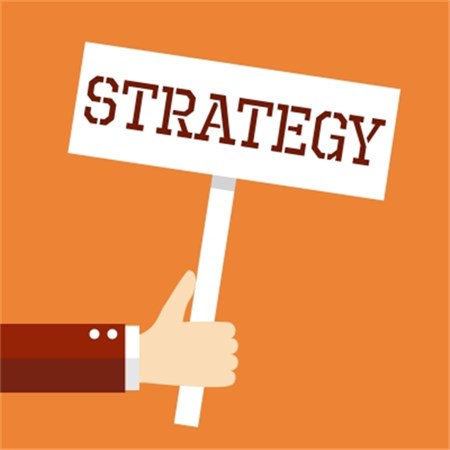












 Carlin Sack is a member of the Zapier marketing team and a Northwestern University journalism alum.
Carlin Sack is a member of the Zapier marketing team and a Northwestern University journalism alum.






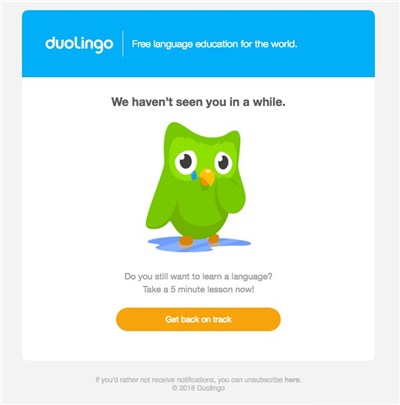




 Vanessa Rombaut
Vanessa Rombaut